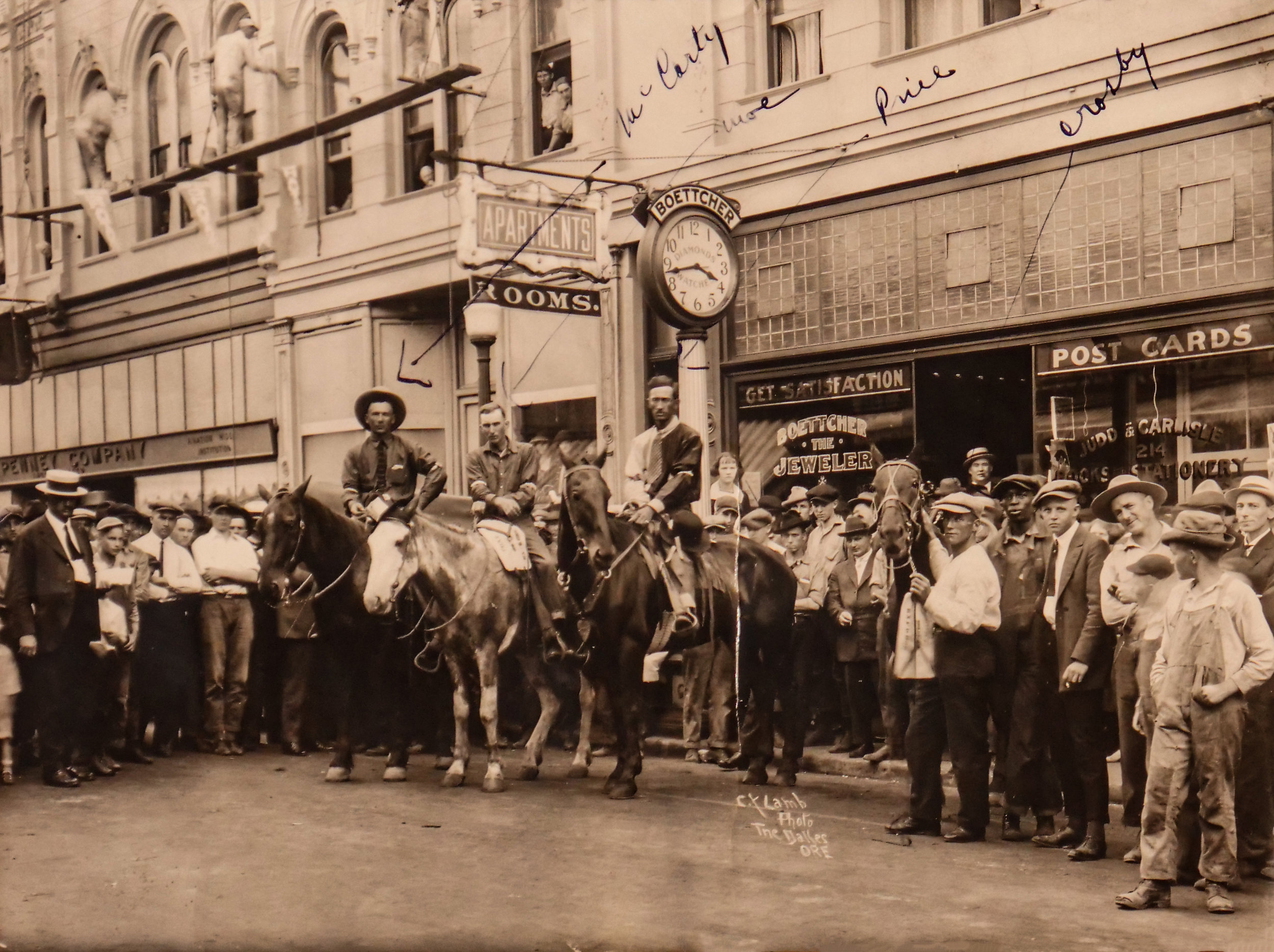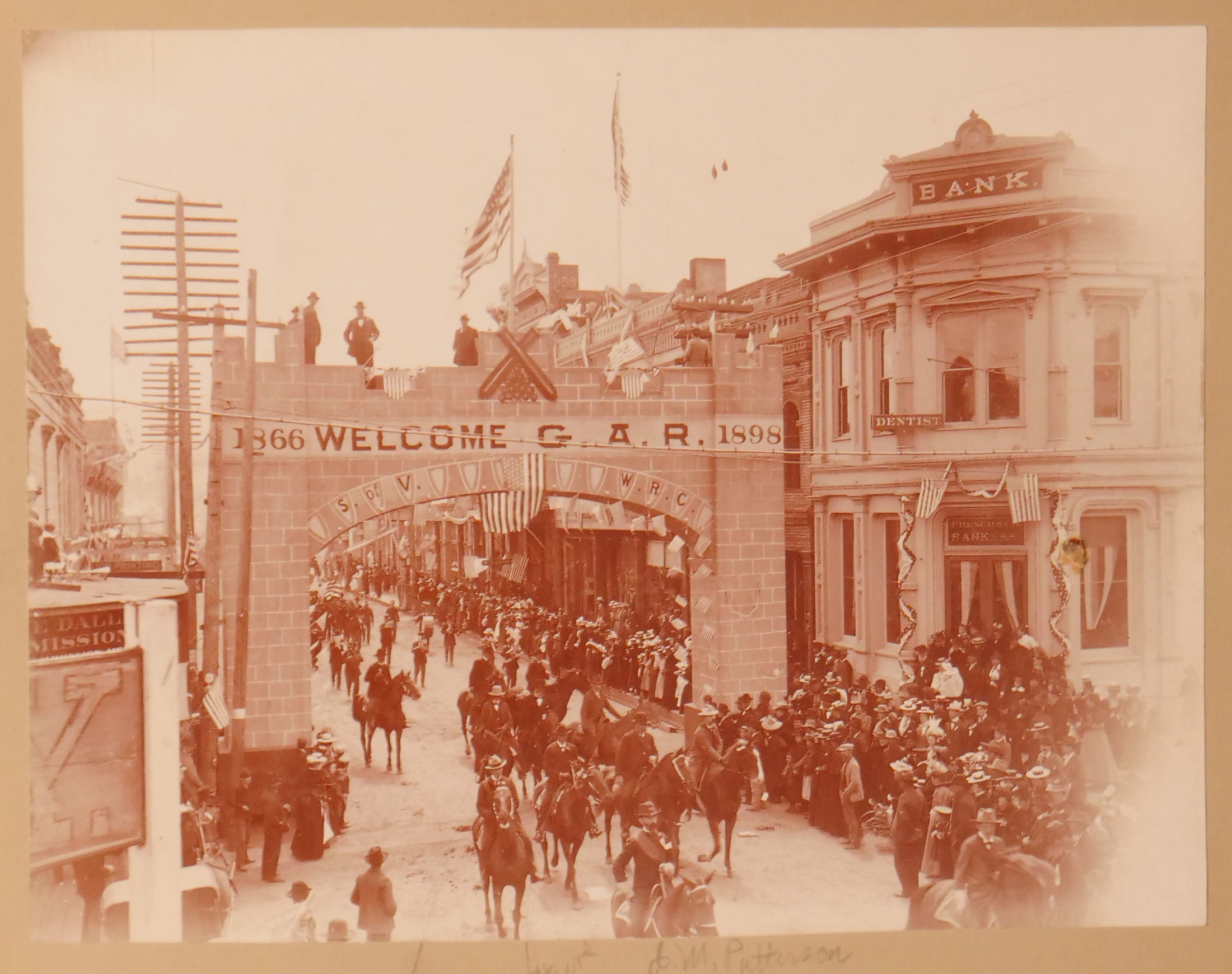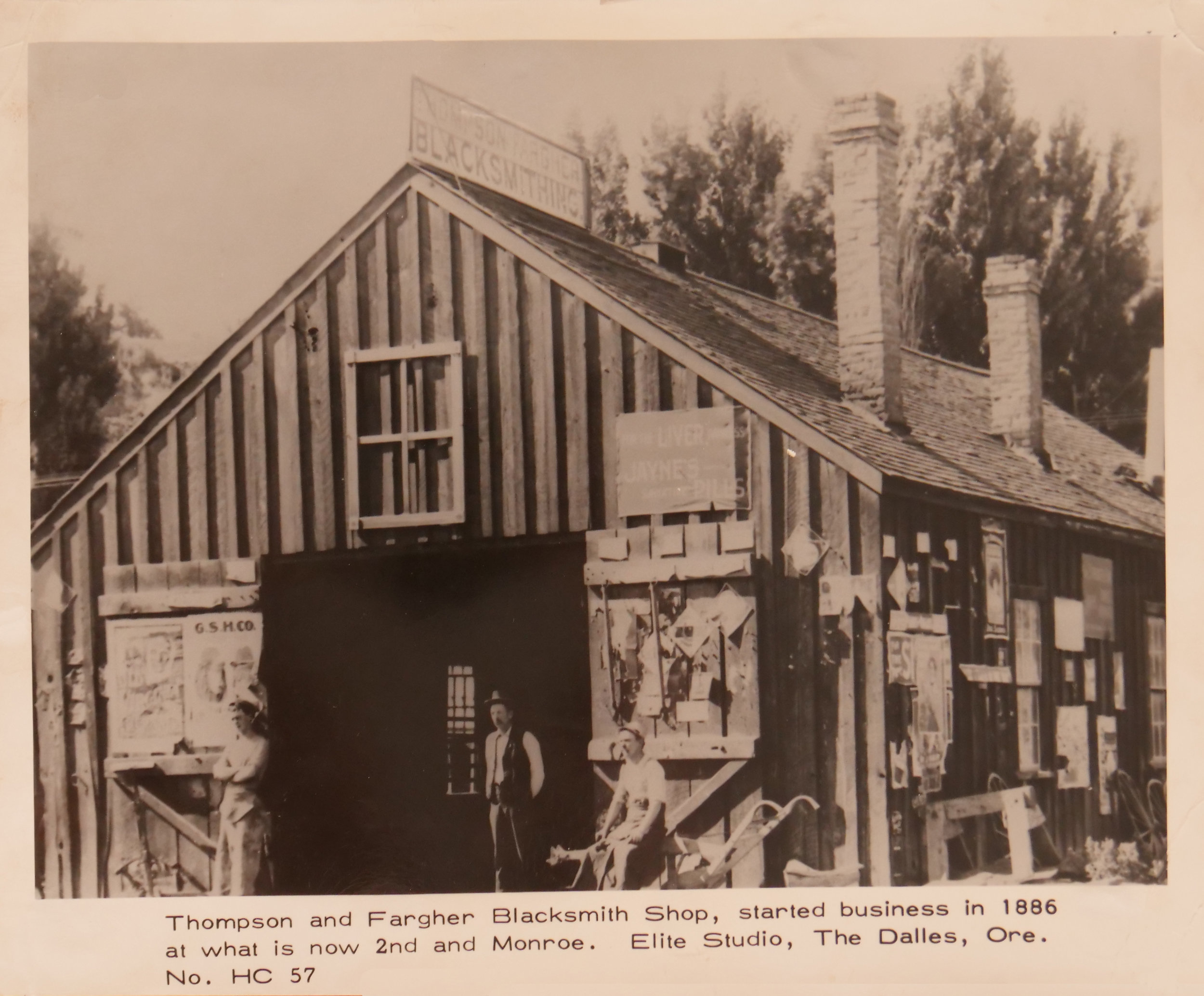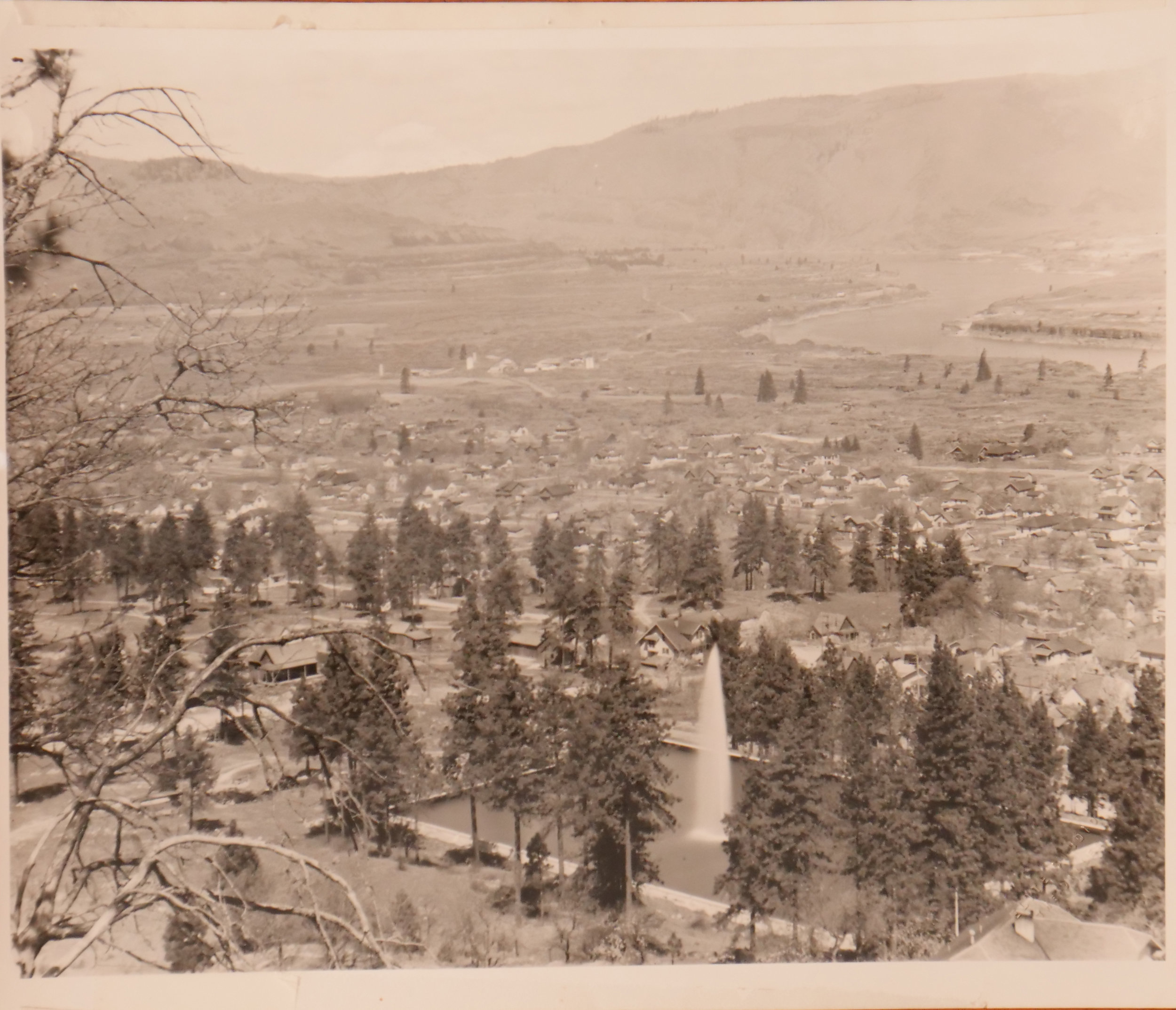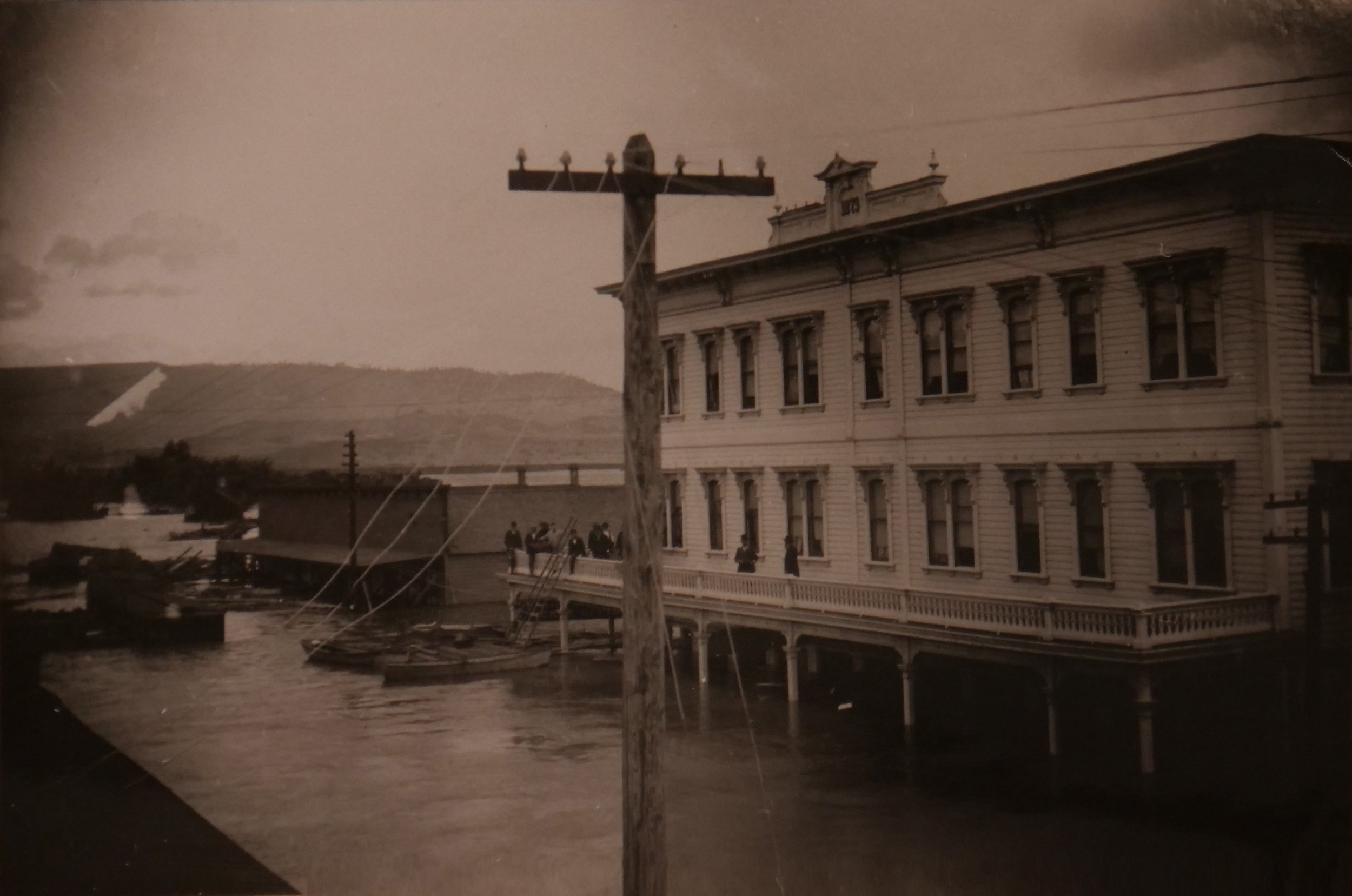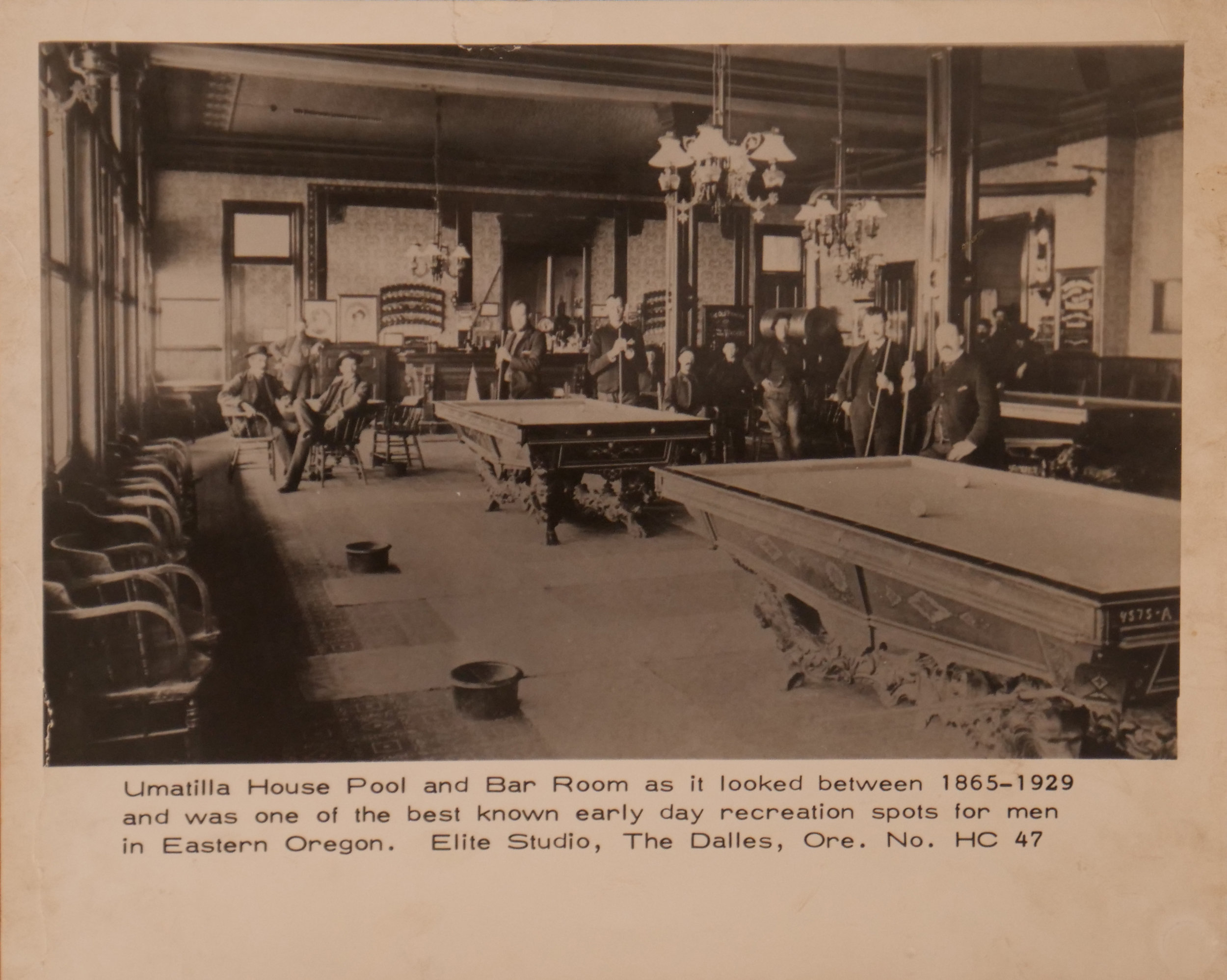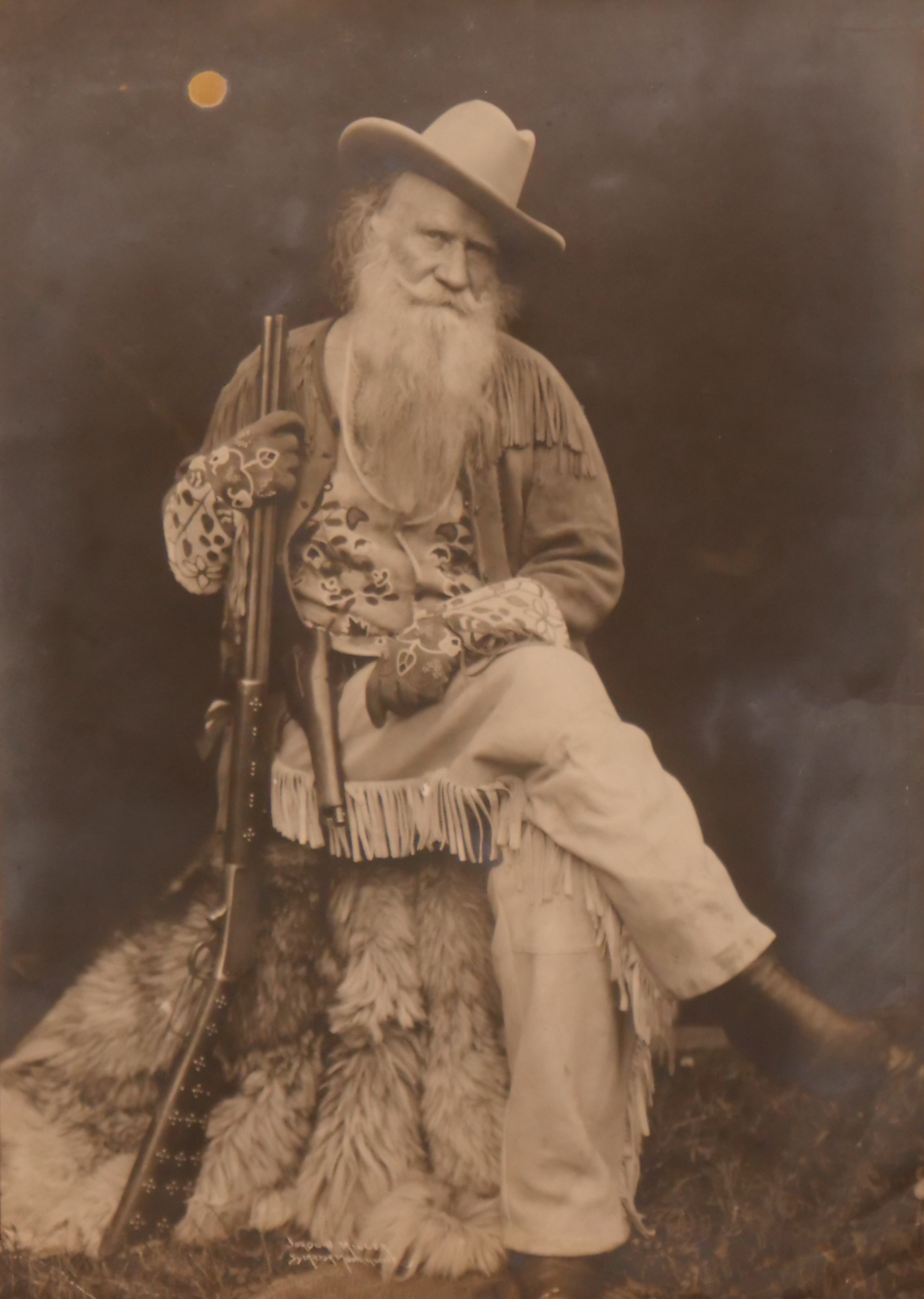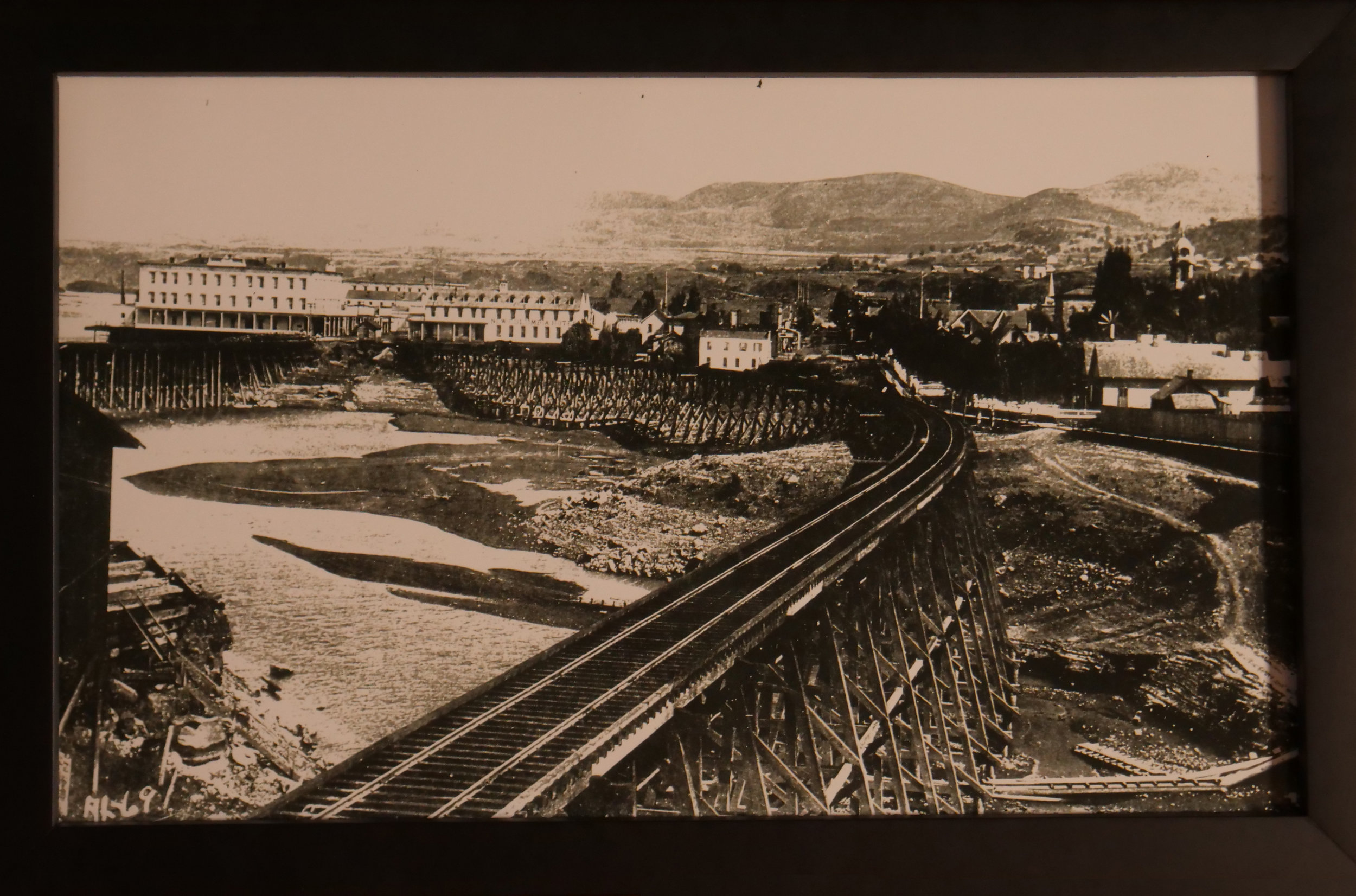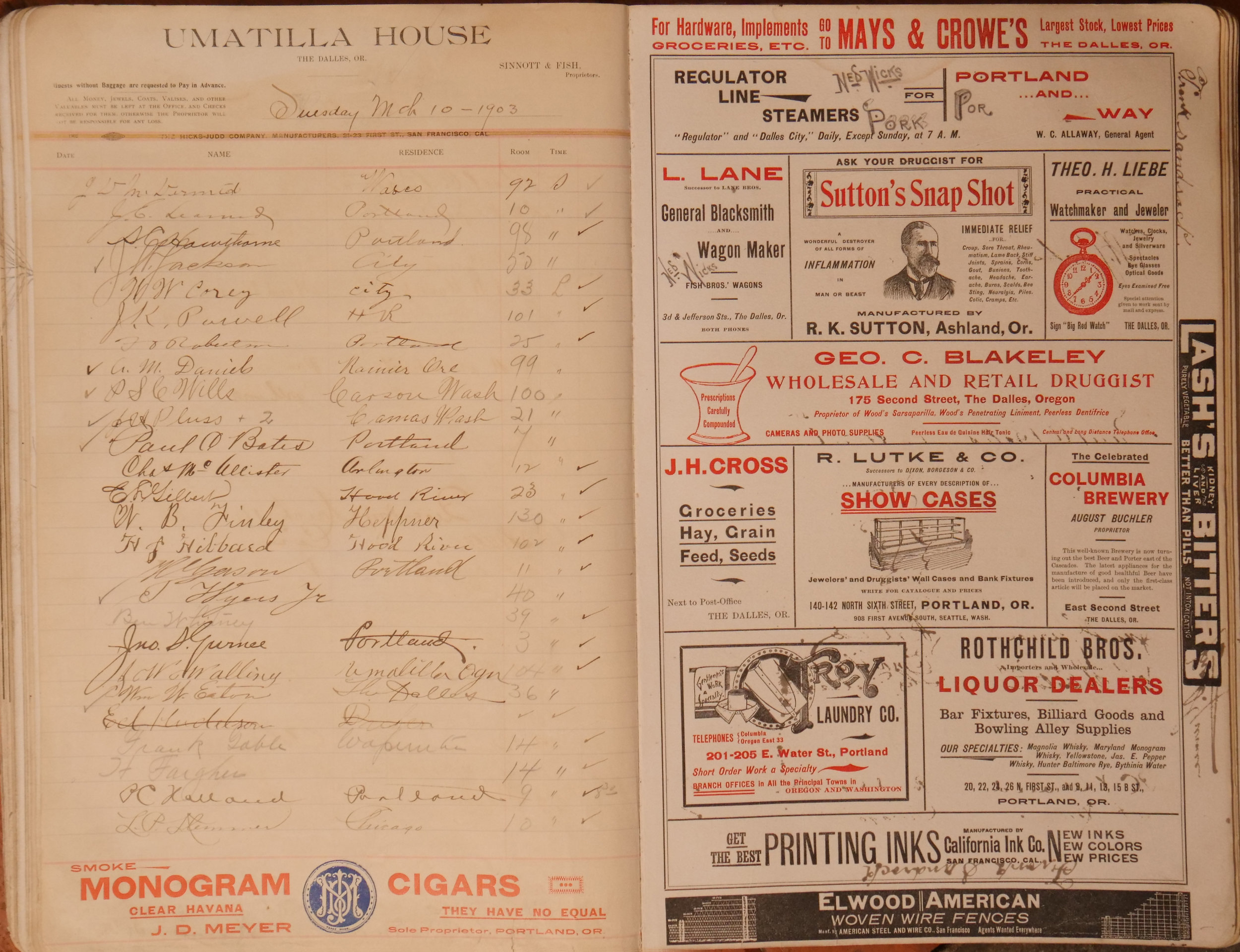Fort Dalles History
Learn more about the rich history of the Fort Dalles Museum and why this historic building is so important to our community.
Jason Lee was a Canadian Methodist Episcopalian missionary and pioneer in the Pacific Northwest. He was born on a farm near Stanstead, Quebec.
Methodist
A branch of Jason Lee’s Methodist mission was founded in The Dalles in 1838 to bring the word of God to the Indians. Called “Wascopam” after the resident Wasco Indian tribe, it was headed by Lee’s nephew, Daniel Lee and Rev. Henry K. W. Perkins. Along with Marcus Whitman’s 1836 Presbyterian mission near present-day Walla Walla, Washington, Wascopam provided assistance each autumn to thousands of starving, ill, and often desperate emigrants as they faced the last great barrier of the Oregon Trail.
The Dalles was the end of the overland Oregon Trail. Pioneers who wished to travel on to the fertile Willamette Valley had to raft the Columbia through treacherous rapids in order to cross the Cascade Mountains. The construction of the Barlow Road allowed travelers to continue overland and bypass Mt. Hood.
Oregon Trail pioneers
The migration of pioneers across and into Indian lands threatened native populations in a way that transient explorers, fur traders and missionaries never did. Settlers of the 1840s brought wagons and tools, plows and domestic animals, wives, and children. Early pioneers couldn’t drive their wagons further west along the river because the steep cliffs fell straight to the water’s edge. Wagons either had to be abandoned or disassembled and loaded onto rafts and floated down to Fort Vancouver or to the Willamette. After 1846, the Barlow Road provided the choice of traveling overland to the Valley.
The disruption of Indians’ lives led to increasing tension. Worst of all were the disease epidemics introduced by whites to Indians with increasing fatalities each year. The 1847 massacre by Cayuse Indians of Marcus and Narcissa Whitman and others at the mission was the result of a measles epidemic in which Whitman, a medical doctor as well as a missionary, saved white children but couldn’t cure the Indians, who had no natural immunity. It was easy for the desperate Cayuse to believe rumors that Whitman was poisoning their children so whites could have their land. The attack led to abandonment of Protestant missions east of the Cascades.
Colonel Wright’s house was built for $22,000, a vast fortune in the 1800s. Wright was severely criticized by the government for building such an expensive structure.
Architect Louis Scholl
Construction of the new fort buildings was directed by Ass’t. Quartermaster Capt. Thomas Jordan, who used an 1850 house plan book by noted horticulturist-turned architect, Andrew Jackson Downing. Jordan was ably assisted by his civilian clerk, a talented young immigrant named Louis Scholl.
Scholl had studied engineering, drafting, art, music and languages in Germany, but left precipitously for political reasons in 1848 when he was nineteen. Arriving with Jordan in 1856, he was to serve the Army for the next 8 years as clerk, mapmaker, guide, scout and wagonmaster. His most lasting accomplishment was the drawing up of plans for the Fort Dalles officers’ houses, barracks, stables, outbuildings and even a guardhouse in Downing’s “picturesque” architectural style.
The fort buildings formed an octagon around a grassy central parade ground. Timber was cut nearby and sawed in the fort sawmill on Mill Creek, and at three other local mills. The doors, windows, mantelpieces and bookcases were hand-planed; some were sent by pack mule and wagon train 100 miles over the mountains to Fort Simcoe. Sandstone was quarried on the bluff nearby for foundations and chimneys; even this was hauled to Simcoe. Much of the finished woodwork was local alder, painted (per Downing’s instructions) to mimic oak or (in the Simcoe C/O’s house) green Italian marble.
Dr. Joseph Brown
Joseph Bullock Brown, son of Rufus and Margaret (Bullock) Brown, was born in Albany July 26, 1822. His early education was acquired at the Albany Medical College, and he was a graduate from that institution. In 1845 Brown was appointed physician at Clinton Prison, where he remained three years, and then practiced surgery at Detroit, Michigan one year. In 1849 he received an appointment as surgeon in the regular army. He was commissioned Assistant Surgeon by President Zachary Taylor in 1850. In 1854 he served as Assistant Surgeon in the medical department at Fort Mackinac, Mackinac County, Michigan. He served during the Yakama Indian war at Fort Dalles in The Dalles, Oregon, Texas and Washington Territory until the Civil War. During the Yakima Indian War (1856-1857) Brown was stationed with Colonel George Wright when Wright assumed command of Fort Dalles, Oregon, in January 1857.
Fort Dalles was headquarters for a regiment, the main military depot for all goods and supplies destined for soon-to-be Forts Simcoe and Walla Walla to the north and east. Brown was stationed at Fort Dalles in Oregon Territory from April 1856 to July 1859. Brown took up residence at the fort in the fort’s surgeon’s quarters building, designed by Louis Scholl.
The Surgeon’s Quarters, built in 1856, cost a little less than $5,000. The building, in gothic-revival style, is the last remaining structure of Fort Dalles, and is now the home for the Fort Dalles Museum, one of the oldest history museum in the state of Oregon. Brown’s picture hangs with honor in the museum.
Brown was commissioned Surgeon (Major) by President Lincoln on July 4th, 1861. The Commission was dated July 22, 1861, signed by President Lincoln and also signed by Acting Secretary of War, Thomas Scott and General Lorenzo Thomas later in command of Black troops in The Southern Theater. Brown was ultimately assigned as Medical Director – 4th Corps., Army of the Potomac under General Keyes. He served during the entire Peninsular Campaign of Gen. McClellan from Yorktown to Malvern Hill. He authored a four-page report of these actions and the medical care of the wounded in the Medical and Surgical History of the War of the Rebellion. Suffering from exposure, he was reassigned duty with the Assistant Surgeon General’s Office St. Louis and then in Louisville, Kentucky.
He served with distinction in a number of Indian campaign, and during the entire civil war. March 13, 1865 Surgeon Brown was made Lieutenant-Colonels by Brevet for faithful and meritorious services during the war. During the remaining thirteen years of his active service General Brown was for a time stationed in New York city as president of the Medical Examining Board, and from there went to the Department of the Platte as medical director. He once again was in New York and up to his retirement in 1886, occupied the same responsible position as the president of the Medical Examining Board.
In 1886, then being sixty-four years of age, General Brown was retired from active duty and service. During these years of retirement his time was occupied in historical and scientific studies. In the army General Brown was held in the highest esteem for his exceptional proficiency in his department, and his devotion to his work. Constantly he was selected to occupy the most important positions, and his rare judgment commanded the greatest regard and respect of all who knew him.
In his later years he was considered an invalid most of the time, and prior to his death the newspaper reported he had been ill for some time with gastralgia.He died Oct. 21, 1891, in Albion, Orleans County, New York. Funeral services were held at Albion on a Saturday morning at 10 o’clock. He was buried at Mt. Albion Cemetery. The graves of his wife, Catherine R. Crawford Brown, and daughters Alice and Louisa M. Brown are located near his.
Historical Minutes


